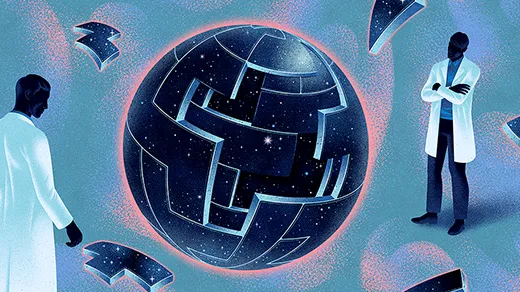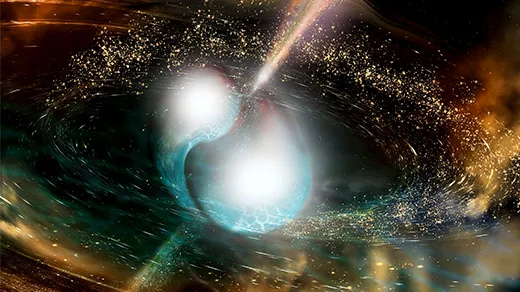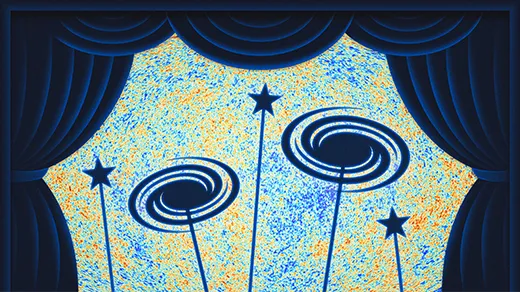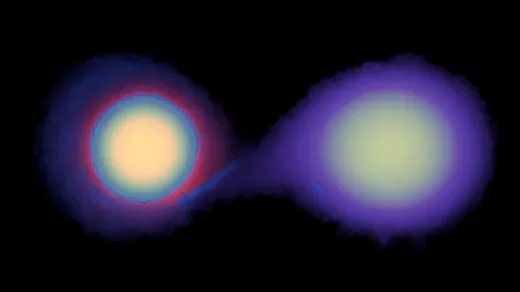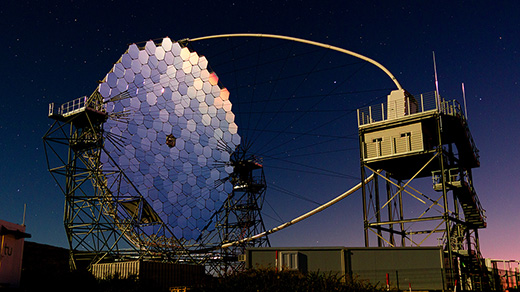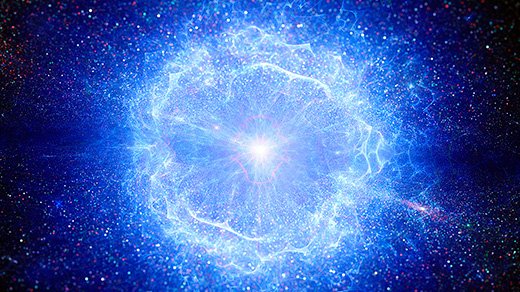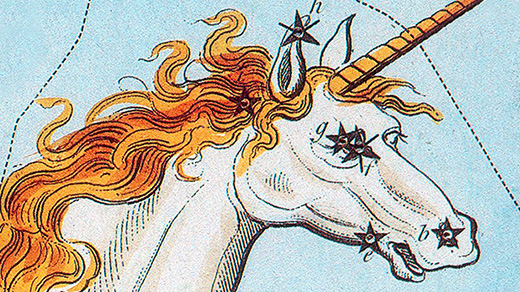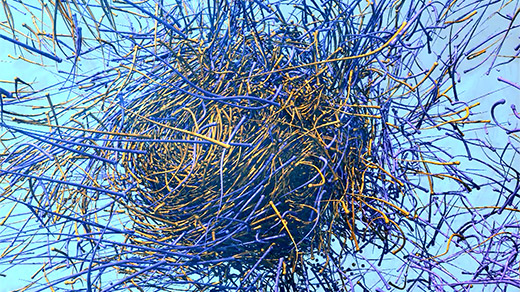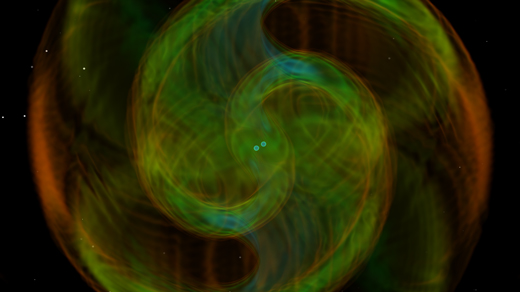What's up in
Supernovas
Latest Articles
Clashing Cosmic Numbers Challenge Our Best Theory of the Universe
As measurements of distant stars and galaxies become more precise, cosmologists are struggling to make sense of sparring values.
Extra-Long Blasts Challenge Our Theories of Cosmic Cataclysms
Astronomers thought they had solved the mystery of gamma-ray bursts. A few recent events suggest otherwise.
Shadows in the Big Bang Afterglow Reveal Invisible Cosmic Structures
Cosmologists are using secondary signatures from the cosmic microwave background to map the universe’s hidden matter.
What Lights the Universe’s Standard Candles?
Type Ia supernovas are astronomers’ best tools for measuring cosmic distances. In a first, researchers have managed to re-create one on a supercomputer, giving a boost to a leading hypothesis for how they form.
Brighter Than a Billion Billion Suns: Gamma-Ray Bursts Continue to Surprise
These ultrabright flashes have recently been tracked for days, upending ideas about the cataclysms that create them.
New Kind of Space Explosion Reveals the Birth of a Black Hole
A supernova-like explosion dubbed the Camel appears to be the result of a newborn black hole eating a star from the inside out.
‘Unicorn’ Discovery Points to a New Population of Black Holes
Small black holes were nowhere to be found, leading astronomers to wonder if they didn’t exist at all. Now a series of findings, including a “unicorn” black hole, has raised hopes of solving the decade-long mystery.
Secret Ingredient Found to Power Supernovas
Three-dimensional supernova simulations have solved the mystery of why they explode at all.
‘Radical Change’ Needed After Latest Neutron Star Collision
A recent neutron star merger has defied astronomers’ expectations, leading them to question longstanding ideas about neutron stars and the supernovas that create them. “We have to go back to the drawing board.”
